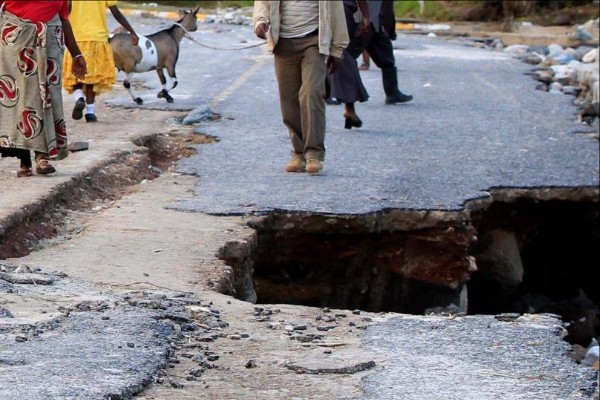A recent report by the Mauritius Commercial Bank Group has highlighted the significant barriers posed by Africa’s inadequate transport and logistics infrastructure, which continue to hinder the region’s trade potential.
Despite Africa’s growing economy, intra-Africa trade still accounts for a mere 16% of the continent’s total trade. The report, entitled ‘Harnessing Africa’s Trade Potential: Strategies for Sustainable Growth’, reveals a stark example of these inefficiencies: shipping a container from Mombasa to Kampala can actually costs more than shipping it half the way across the world from China to Mombasa. This underscores the structural challenges in the region’s logistics systems, which include poorly connected transport networks and high operational costs. The report suggests that Africa’s trade potential could be unlocked through better infrastructure, such as the expansion of ports and rail systems like Kenya’s Standard Gauge Railway.
Additionally, regional cooperation and economic diversification — particularly into sectors like agro-processing, textiles, and renewable energy — are crucial to fostering sustainable growth. However, challenges remain, including regulatory discrepancies and political friction, which hinder the full implementation of the African Continental Free Trade Area (AfCFTA).
The report calls for greater financial innovation, such as the Pan-African Payment and Settlement System (PAPSS), to ease cross-border transactions and reduce the estimated $80–120 billion annual trade finance gap. With strategic investments and improved infrastructure, East Africa, in particular, is poised to realize its trade potential and drive more inclusive economic growth.



